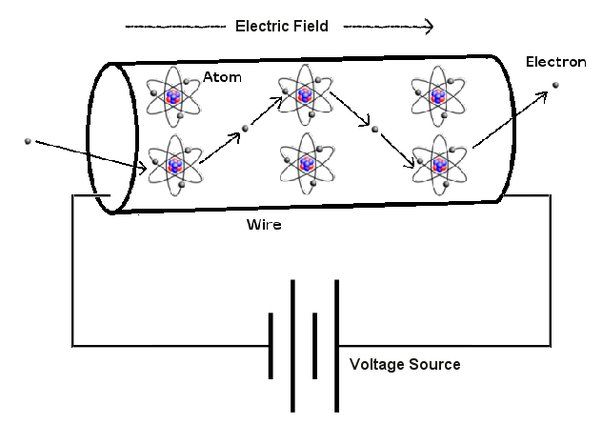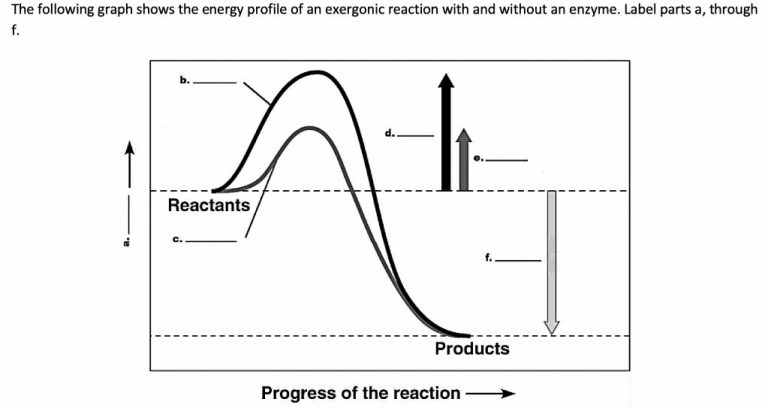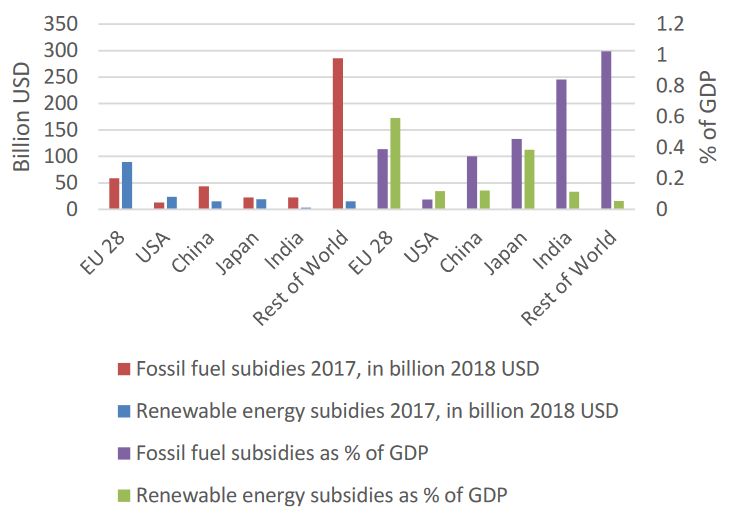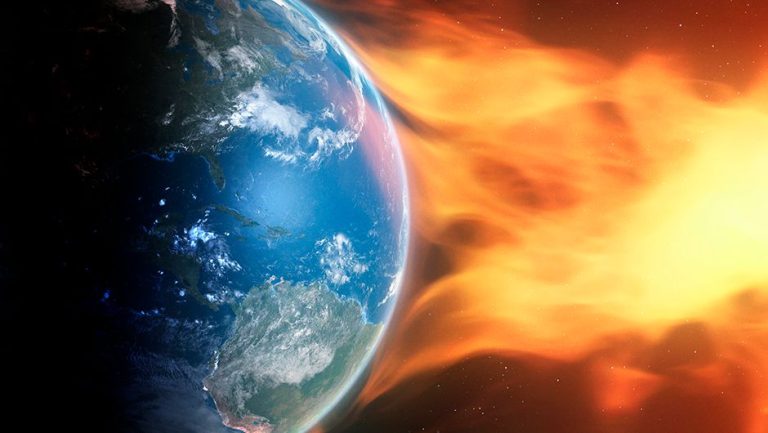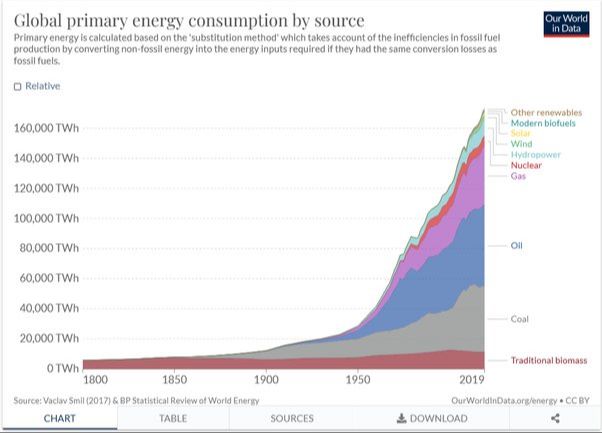How Is Electricity Currently Generated?
Electricity is an essential part of modern life that powers our homes, businesses, and industries. Generating electricity involves converting other forms of energy, like chemical, mechanical, solar or nuclear power, into electrical energy.
Most electricity is produced at power plants where a generator converts mechanical power into electrical power. The mechanical power is produced by turbines that are spun by high-pressure steam, natural gas, moving water, or wind. The type of energy source used to heat the water or spin the turbines determines how each power plant generates electricity.
Fossil fuels like coal, oil, and natural gas account for about two-thirds of the world’s electricity generation. Renewable sources like hydropower, wind, solar and geothermal make up most of the remainder. The mix of energy sources used varies across different regions based on geographical factors and policy decisions.
Fossil Fuels
Fossil fuels such as coal, natural gas, and petroleum account for over 60% of electricity generation worldwide. These nonrenewable resources release carbon emissions when burned to spin turbines and generate power.
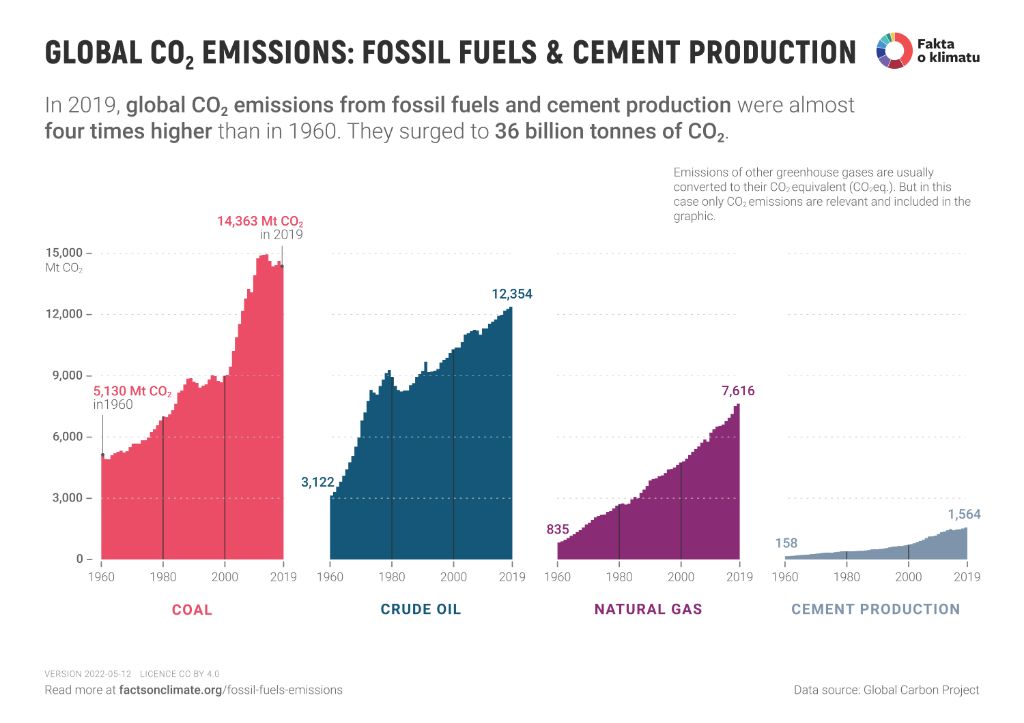
Coal is one of the largest sources of electricity globally, providing close to 40% of the world’s electricity. Most coal plants use steam turbines. Finely ground coal is burned in a boiler, heating water to produce high-pressure steam. This steam then spins turbine blades to run an electrical generator.
Natural gas generates about 25% of the world’s electricity. In gas turbines, natural gas combusts with air to spin blades connected to a generator. Combined cycle plants also use the hot exhaust to make steam to power an additional steam turbine. Gas emits about half the CO2 emissions of coal.
Petroleum based fuels like diesel and fuel oil provide only a small fraction of electricity generation globally. However, diesel generators frequently provide backup power supplies in case of grid outages.
Nuclear
Nuclear power currently provides around 10-11% of the world’s electricity from about 440 nuclear reactors. Nuclear generation capacity has remained relatively flat in recent years as reactor retirements keep pace with new reactor construction. The top nuclear generating countries are the United States, France, and China.
Nuclear power produces large amounts of steady, baseload electricity without emitting any greenhouse gases. However, the construction of new reactors faces public opposition in some countries due to concerns over reactor accidents and radioactive waste disposal. Operational reactors also require uranium fuel, specialized workforce, and safety upgrades over time.
Most industry and policy experts expect nuclear to maintain its share of global electricity generation for the next couple decades. A declining role in mature western markets like the U.S. and Europe is being offset by new reactor construction in China and other Asian countries. Supporters argue nuclear power is vital for clean energy transitions, while critics contend its costs and risks outweigh the benefits.
Hydropower
Hydropower is electricity generated from moving water. It relies on high-volume water flows to turn large turbines that spin generators. Hydropower facilities range from small run-of-river plants that harness the energy of a running stream to massive hydroelectric dams that block rivers and create enormous reservoirs. While hydropower only accounted for about 7% of total U.S. electricity generation in 2019, it still represents one of the largest renewable energy sources in the country. The hydropower fleet generates on average 260 billion kilowatt hours per year in the United States. Globally, hydropower makes up approximately 16% of electricity generation. The generating capacity depends on precipitation and snowpack levels that feed hydro facilities via rivers and streams. That means hydropower can vary year-to-year. The best hydropower resources are often located far from major cities so transmission lines are needed to connect these energy sources to customers. The environmental impacts of large-scale hydro dams have been increasingly scrutinized as they alter natural waterways and can disrupt wildlife habitats. However, hydropower is still considered a sustainable and emissions-free renewable energy source. There is also potential to expand pumped-storage hydropower that can act like a battery, storing power for when it is needed most. Overall, hydropower will continue serving as a major source of renewable, flexible electricity generation into the future.
Wind
Wind power has seen substantial growth in recent years as it becomes one of the most rapidly adopted renewable energy sources worldwide. Many countries are investing heavily in wind farms, both onshore and offshore, to take advantage of stronger and more consistent winds in certain locations. Major improvements in turbine technology, including larger rotors and taller towers, have continued to reduce the cost of wind energy. In 2021, wind provided over 7% of total U.S. electricity generation. Texas produces the most wind power of any state, followed by Iowa, Oklahoma, Kansas, and California. Europe and China also have large amounts of installed wind capacity.
The future continues to look bright for the wind industry as larger turbines, floating offshore foundations, and better forecasting tools help increase capacity factors and grid integration. However, growth will still depend on electricity market pricing, government policy support, transmission infrastructure upgrades, and addressing potential community and environmental concerns related to aesthetics, views, noise, and wildlife impacts.
Solar
The amount of electricity generated from solar power has increased dramatically in recent years. This growth has been driven by advances in solar photovoltaic (PV) panel and solar thermal technology, as well as reductions in cost.
Solar PV systems convert sunlight directly into electricity using semiconducting materials. Solar PV capacity has expanded rapidly, from around 40 gigawatts globally in 2010 to over 500 gigawatts by the end of 2018. The leading countries in total installed solar PV capacity are China, the United States, Japan, Germany and India. The cost of solar PV has declined by over 80% in the last decade, making it increasingly competitive with fossil fuel electricity generation.
Concentrated solar power (CSP) systems use mirrors to concentrate sunlight to drive traditional steam turbines or engines. CSP capacity totals around 6 gigawatts globally but its growth has been slower than solar PV. The leading country for CSP is Spain, followed by the United States. CSP with thermal storage offers the ability to dispatch electricity even when the sun isn’t shining.
With continuing cost reductions and efficiency improvements, solar electricity generation is expected to grow strongly in the coming decades. Some projections estimate that solar could supply 20-50% of global electricity by 2050.
Geothermal
Geothermal energy utilizes heat from below the earth’s surface to generate electricity. This is possible because as you go deeper underground, the earth’s temperature increases. In some areas, underground temperatures can reach over 700 degrees Fahrenheit just a few miles below the surface. This geothermal energy can be accessed by drilling wells and pumping hot underground water or steam to the surface. The steam rotates a turbine that activates a generator, thereby producing electricity. Geothermal power plants are typically built where geothermal reservoirs are located near the earth’s surface, such as in western states like California, Nevada, Utah, and Hawaii. The Geysers in northern California is the largest geothermal power plant in the world, generating over 700 megawatts of electricity by tapping into hot, dry rocks deep beneath the surface. Advances in technology are making geothermal power more accessible and cost-effective, although drilling and exploration costs are still high. Overall, geothermal supplies a small but growing portion of the renewable energy used for electricity generation in the United States.
Biomass
Biomass refers to organic materials from plants and animals that can be used to generate electricity. Some common sources of biomass used for electricity production include:
- Wood and wood processing waste – sawdust, chips, bark, and black liquor from paper manufacturing
- Agricultural residues – corn husks, coconut shells, cocoa pods, and sugarcane bagasse
- Food, yard, and wood waste – municipal solid waste and landfill gases
- Crops grown specifically for energy production – switchgrass, poplar trees, and energy cane
There are several methods used to convert biomass into electricity:
- Direct combustion – burning biomass directly to produce steam and drive a turbine
- Gasification – heating biomass without oxygen to produce syngas that can fuel a turbine
- Pyrolysis – heating biomass without oxygen to produce bio-oil that can be used in engines
- Anaerobic digestion – allowing bacteria to break down biomass to produce biogas containing methane that can generate electricity
Using biomass for energy can reduce landfill waste and supports uses for agricultural and forestry waste products. However, large scale biomass energy may compete with food production for land use. Overall, biomass provides a renewable, low carbon option for electricity generation.
Regional Differences
The mix of electricity generation sources varies significantly across regions and countries. Here are some key regional differences:
United States – The U.S. generates most of its electricity from natural gas (38%), coal (23%), nuclear (20%), and renewables like hydropower, wind and solar (20%). However, the share of renewables is rapidly increasing.
China – China relies heavily on coal (66%), with renewables (26%) and natural gas and nuclear making up smaller shares. However, China is investing heavily in renewable energy.
Europe – The European Union generates electricity from a more balanced mix of nuclear (25%), renewables (22%), natural gas (20%), and coal (15%). Individual countries vary significantly, with France relying heavily on nuclear while Nordic countries tap abundant hydropower.
India – India generates most of its electricity from coal (73%), along with some renewables (23%) and natural gas (3%). But India aims to dramatically scale up renewables in the coming decades.
Middle East – The Middle East generates most electricity from natural gas (70%) and oil (29%), with very little from coal or renewables. However, countries are expanding solar energy capacity.
Future Outlook
As the world looks to transition to cleaner sources of electricity generation, projections show the energy mix shifting more towards renewable sources like solar and wind. Fossil fuels are expected to decline as a share of total generation due to both climate change concerns and cost improvements in renewables.
Solar and wind are forecast to see rapid growth, with solar projected to supply up to 20% of global electricity by 2030. This is driven by plunging costs for solar panels and improved energy storage technology. Many countries are quickly expanding solar capacity.
Other renewables like hydropower and geothermal may see more modest growth. Nuclear power faces uncertainty, with older plants being retired but new ones still being built in some countries. Natural gas is expected to maintain a role as a transitional “bridge” fuel.
Overall, the transition towards renewable energy will likely accelerate in the coming decades, dramatically altering how the world generates electricity. But fossil fuels are still projected to comprise a substantial portion of generation for years to come.

